Omnichannel communication is not just a buzzword; it’s a customer engagement revolution. It’s about making a dialogue that stems from one central location, letting the conversation flow effortlessly from SMS to email, social media to live chat.
These communication channels are all useful in their own right, but especially powerful when harnessed together.
For businesses pursuing a cohesive narrative, imail comms emerges as a savvy partner. With our expertise, you can weave an omnichannel methodology that resonates with the dynamic rhythms of contemporary consumer interactions.
Don’t just join the conversation, lead it.
Understanding Omnichannel Communication Strategy
Unpacking omnichannel communication unveils a strategy where every channel works in tandem, presenting a unified brand voice. It’s the art of meeting customers with consistency, whether online or offline so that customer service is of the highest order.
But what does it really mean?
Defining Omnichannel Communication
Omnichannel communication is the synergy of customer interactions across diverse bases, from social media to in-store assistance, ensuring a cohesive brand experience and meeting customer expectations.
“Harvard Business Review asserts that 73% of shoppers utilise multiple channels, such as websites, mobile apps, and customer service hotlines, during their purchasing journey.”
The integration of these touchpoints, including live chat functions and email correspondence, is paramount. These statistics authenticate the significance of a carefully crafted omnichannel strategy for maintaining customer loyalty and achieving satisfaction in today’s digital marketplace.
The Evolution of Omnichannel Communication
Initially, businesses operated in silos, with distinct strategies and marketing campaigns for each communication channel. The digital revolution prompted a paradigm shift towards multichannel approaches, yet the customer experience remained fragmented.
Visionary entities like John Lewis pioneered the transformation, unifying their online and offline channels, providing a seamless shopping experience whether in-store, via catalogue, or online.
Fast-forward to today, and brands like Marks & Spencer are at the forefront, offering personalised shopping experiences across mobile apps, websites, and physical stores, embodying the true spirit of omnichannel communication.
This evolutionary path shows an alignment with ever-changing modern consumer behaviours, setting the gold standard for customer engagement.
Omnichannel vs Multichannel: Key Differences
A multichannel communication strategy has often been favoured in the past.
Let’s break down some of the key differences, chief of which is the consistent customer experience you can expect from omnichannel communication.
Multichannel Communication:
- Isolated Channels: Each channel operates independently, serving a unique purpose without interconnection, which may lead to disjointed customer experiences.
- Customer Reach: A multichannel approach casts a wide net, aiming to engage customers through as many platforms as possible — from social media channels and emails to call centres and physical stores.
- Analytics and Insights: Data collection and analysis are siloed, limiting the understanding of customer behaviour across different platforms and potentially hindering a cohesive strategy.
Omnichannel Communication:
- Integrated Experience: Channels are interconnected, ensuring that customer data and context flow seamlessly from one to the other, enhancing the customer journey.
- Unified Messaging: Consistency in messaging across all platforms reinforces the brand image and promises a dependable brand voice, whether the customer is engaging through live chat or in-person.
- Holistic Customer View: A centralised data repository offers comprehensive insights into customer interactions, preferences, and history, enabling personalised engagement at every touchpoint.
Understanding these key differences equips businesses to evaluate their current strategies and contemplate whether a multichannel or an omnichannel approach best aligns with their customer engagement goals.
Related: Omnichannel vs Multichannel Marketing
The Importance of Omnichannel Communication
Now that we clearly understand the meaning of omnichannel communication, we can talk about the importance of employing this modern strategy for your business.
Consistent Customer Experiences Across Channels
Imagine a customer like Sarah, who reaches out to a retailer via Twitter and later shifts to email for more detailed communication. An effective omnichannel customer communication strategy enables the retailer to track her journey, ensuring that her transition between platforms is smooth and that her issue is addressed without having to repeat herself. It’s this level of consistency that turns routine service into a logical and clear experience, promoting loyalty and setting a new standard in customer support services.
96% of respondents say customer service is important in their choice of loyalty to a brand
According to Microsoft’s 2017 study, an overwhelming percentage of people highly value customer service. This demonstrates the vital nature of customer satisfaction, and as already evidenced, we can see that omnichannel communication is a vital cog in achieving this. Such knowledge and interactions simply can’t reach customers with a multichannel approach.
Enhancing Customer Data Consistency
Leveraging multiple communication channels is key to enhancing customer data consistency. A successful omnichannel strategy relies on synchronising customer interactions across various platforms, ensuring information remains uniform and accessible. This integration across multiple channels allows businesses to maintain a comprehensive and up-to-date view of customer activities and preferences.
Such consistency in customer data also fosters more personalised customer profiles and coherent customer communications throughout, significantly improving the customer experience while also streamlining internal communication processes for efficiency and accuracy in customer engagement.
Crafting a Successful Omnichannel Strategy
So now we know the benefits of consistent communication channels, let’s think about how you can apply this to your business.
Assessing Your Customer Journey
Creating a successful omnichannel strategy involves a clear, step-by-step roadmap focused on understanding and enhancing the customer’s experience journey. Make sure that you factor in customer history and previous interactions.
Here’s a concise roadmap to guide you:
- Customer Journey Mapping: Begin by identifying all possible customer touchpoints across both digital and physical channels. Include every interaction, from initial awareness through post-purchase support.
- Data Collection and Analysis: Gather data at each touchpoint to gain insights into customer preferences, behaviours, and experiences. Utilise analytics tools to dissect this data, highlighting areas of strength and opportunities for improvement.
- Customer Segmentation: Based on your data analysis, segment your customers into groups with similar behaviours and preferences. This allows for more targeted and effective communication strategies.
- Channel Integration: Ensure that all channels are fully integrated, providing a seamless experience for the customer. Each channel should offer a consistent message and level of service, allowing for fluid movement between touchpoints. New channels and preferred channels should be constantly revised for a seamless experience.
- Personalisation: Use the insights gained from your data analysis to personalise the customer experience at each touchpoint. Tailored content and recommendations can significantly enhance engagement and satisfaction.
- Feedback Loop: Implement a system for collecting and analysing customer feedback across all channels. This continuous feedback loop is essential for ongoing improvement and adaptation of your omnichannel strategy.
- Training and Development: Ensure your team is fully trained in omnichannel principles and equipped with the tools they need to deliver consistent, high-quality customer experiences.
- Review and Optimise: Regularly review the performance of your omnichannel strategy against set KPIs and objectives. Use these reviews as opportunities to refine and optimise your approach.
By following these steps, you can create a successful omnichannel strategy that enhances customer engagement and loyalty through a deeply personalised and seamless journey across digital channels and all touchpoints.
Selecting the Right Mix of Channels
Selecting the right mix of channels for an omnichannel strategy involves understanding your target audience’s preferences and how they interact with your brand across different platforms. These examples highlight the importance of a customer-centric approach in channel selection, ensuring every customer touchpoint also adds value to the customer journey.
Integrating SMS, Email, and Live Chat
For example, a successful blend might include email, live chat, and a mobile app, allowing seamless customer interactions. Virgin Atlantic’s mix of personalised email communications, responsive live chat, and a user-friendly website has enhanced customer satisfaction and loyalty.
Leveraging Chatbots and Social Media
Leveraging chatbots and social media within an omnichannel strategy can significantly enhance customer engagement. Chatbots, with their ability to provide instant, 24/7 support, seamlessly integrate into platforms like Facebook Messenger, offering personalised interactions. This, coupled with a proactive social media presence that listens and responds to customer queries, can create a responsive and interactive customer experience. Such integration not only streamlines communication but also fosters a sense of personal connection and immediacy, crucial for building brand loyalty in today’s digital age.
Implementing Push Notifications and In-app Messaging
Implementing push notifications and in-app messaging forms a core part of an effective omnichannel strategy. These tools allow businesses to engage customers directly on their devices, providing timely updates and personalised content. For success, it’s essential to segment your target audience, tailoring messages to match user preferences and behaviours. Monitoring interaction data from in-app messaging helps refine strategies, ensuring communications remain relevant and drive engagement. Prioritising user consent and privacy is also essential to build trust and compliance with regulations.
Training Your Team for Omnichannel Excellence
Training your sales teams and marketing teams for omnichannel excellence is pivotal in ensuring a coherant customer experience across all channels. Start by educating your team on the importance of omnichannel communication and its impact on customer satisfaction. Equip them with the tools and knowledge to manage multiple channels efficiently, emphasising the need for consistent messaging and tone. Encourage cross-departmental collaboration to share insights and strategies, enhancing the overall customer journey. Regular training sessions and workshops can help keep your team updated on best practices and emerging technologies.
Measuring the Success of Your Omnichannel Strategy
Here is a list of critical KPIs to keep an eye on:
- Customer Satisfaction Score (CSAT) – Measures customer satisfaction with a specific interaction or overall experience across channels.
- Net Promoter Score (NPS) – Evaluates customer loyalty and the likelihood of them recommending your brand to others.
- Customer Effort Score (CES) – Assesses the ease with which customers can get their issues resolved or complete an action.
- First Contact Resolution (FCR) – Tracks the percentage of customer inquiries resolved upon first contact, indicating efficiency and effectiveness.
- Cross-Channel Coverage – Evaluates the consistency of customer experience across different channels, ensuring uniformity in service quality.
- Average Handle Time (AHT) – Measures the average duration taken to resolve customer issues, reflecting on service efficiency.
- Customer Retention Rate – Indicates the percentage of customers who continue to do business with you over a given period, highlighting loyalty and satisfaction.
- Social Media Engagement – Monitors interactions on social platforms to gauge brand sentiment and engagement levels.
- Conversion Rate – Assesses the effectiveness of your communication in driving sales or desired actions across channels.
- Omnichannel Integration Level – Evaluates the seamless integration of various channels, ensuring a cohesive customer journey.
These KPIs offer valuable insights into how effectively your omnichannel strategy engages and satisfies customers, guiding adjustments to enhance their experience continuously.
Future-Proofing Your Communication Strategy
As technological develops, so will communication channels and crucially, the bar for consistent customer experience will be raised.
Staying Ahead with Proactive Customer Engagement
staying ahead with proactive customer engagement involves integrating new and emerging technologies into your omnichannel strategy. This approach ensures seamless, real-time communication across multiple platforms, enhancing the customer experience.
Incorporate AI-driven chatbots for instant responses and predictive analytics to anticipate customer needs and offer personalised solutions. Leverage AR and VR for immersive product demonstrations, and utilise Internet of Things (IoT) devices for enhanced service delivery.
By embracing these technologies, businesses can establish a more dynamic and interactive relationship with their customers, setting the stage for increased satisfaction and loyalty.
Personalising Communication for Each Customer
By employing AI and machine learning, businesses can analyse vast amounts of data to understand individual preferences and behaviours, enabling customised messages and offers. Blockchain technology secures personal data, building trust. Interactive and personal virtual assistants, powered by AI, offer individualised support and recommendations.
Integrating these technologies across all channels ensures a cohesive, personalised experience that resonates with each customer, significantly enhancing engagement and loyalty. It should give the illusion that one channel and one platform can meet customers’ needs.
Ready to Take Your Communication to the Next Level?
After reading this blog, are you worried that your business lacks the agility to carry out an omnichannel communication strategy?
Rest assured, we’re here to help.
We always stay ahead of technical trends to make sure that our clients maximise their customer relationship management across all the channels.
Find out more about imail comms and our communication management strategies.
Frequently Asked Questions (FAQ’s)
Here are the questions people want answered about omnichannel customer communication.
What is omnichannel communication?
Omnichannel and communication strategy refers to a seamless and integrated approach to customer interaction across multiple platforms and channels, including online, in-store, social media, and mobile applications. It ensures that customers receive a consistent and unified and consistent experience throughout, regardless of how or where they choose to engage with a brand. This strategy focuses on connecting all touchpoints in a customer’s journey, allowing for personalised and efficient communication that meets customers’ needs and preferences at every stage.
What is an example of an omnichannel communication?
An example of omnichannel communication is a clothing brand that integrates their in-store experience with their online platforms. When a customer browses items in the shop but decides to purchase them later online, their shopping cart is synchronised across devices. Additionally, if they seek assistance, the customer service team can access their browsing and purchase history, regardless of the channel, to provide personalised support. This seamless integration ensures customers have a cohesive and tailored shopping experience, enhancing customer satisfaction and loyalty.
What is multichannel vs omnichannel communication?
Multichannel communication involves interacting with customers through multiple, independent channels, such as email, social media, and in-store. Omnichannel communication, however, integrates these channels to provide a consistent, unified customer experience. It ensures that every interaction is connected, allowing for seamless transitions between channels. For businesses looking to elevate their communication strategy, imail comm’s services expertly bridge the gap from multichannel to omnichannel communications, enhancing customer engagement and allowing for a more consistent, personalised, and efficient communication framework.

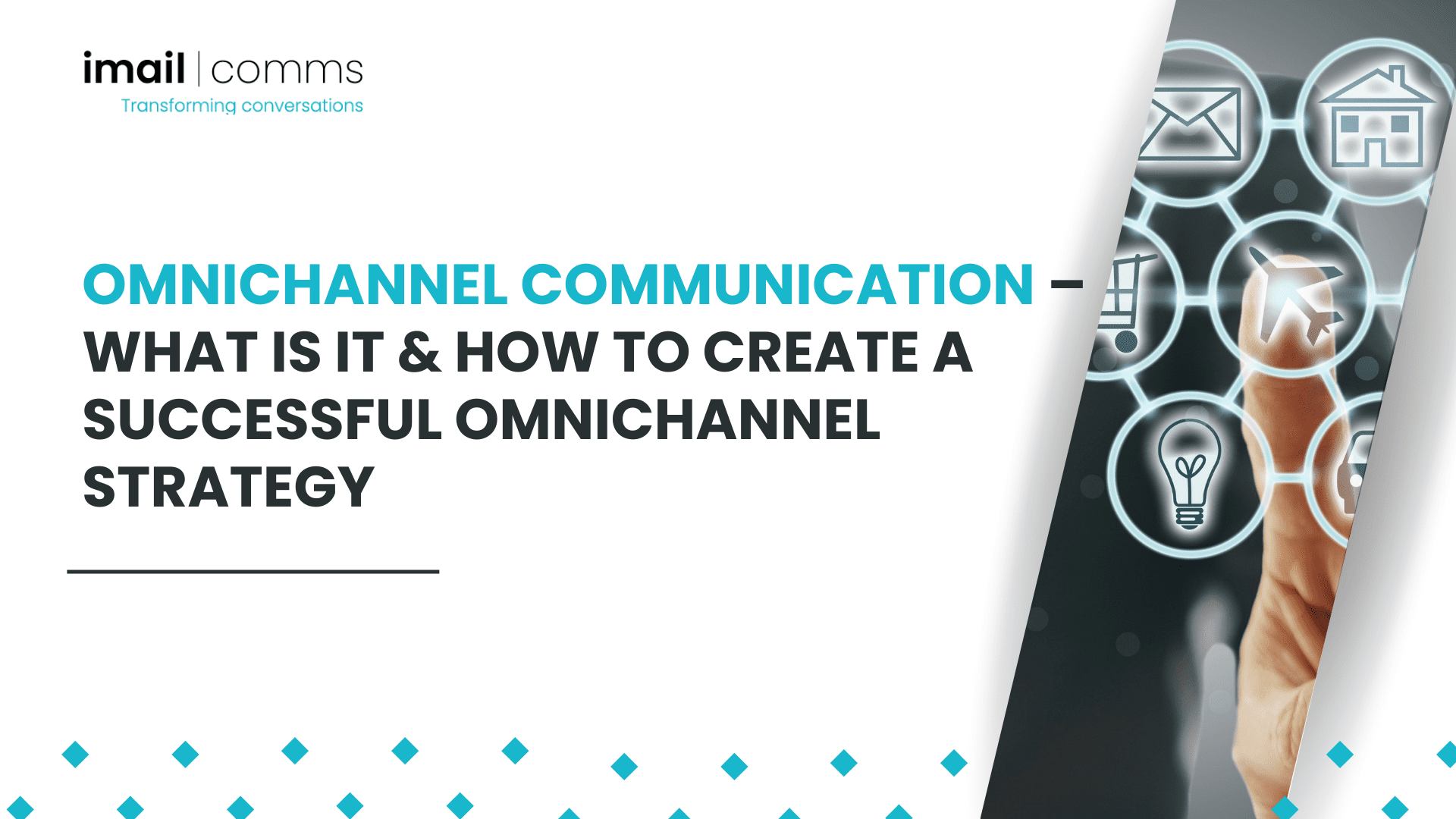
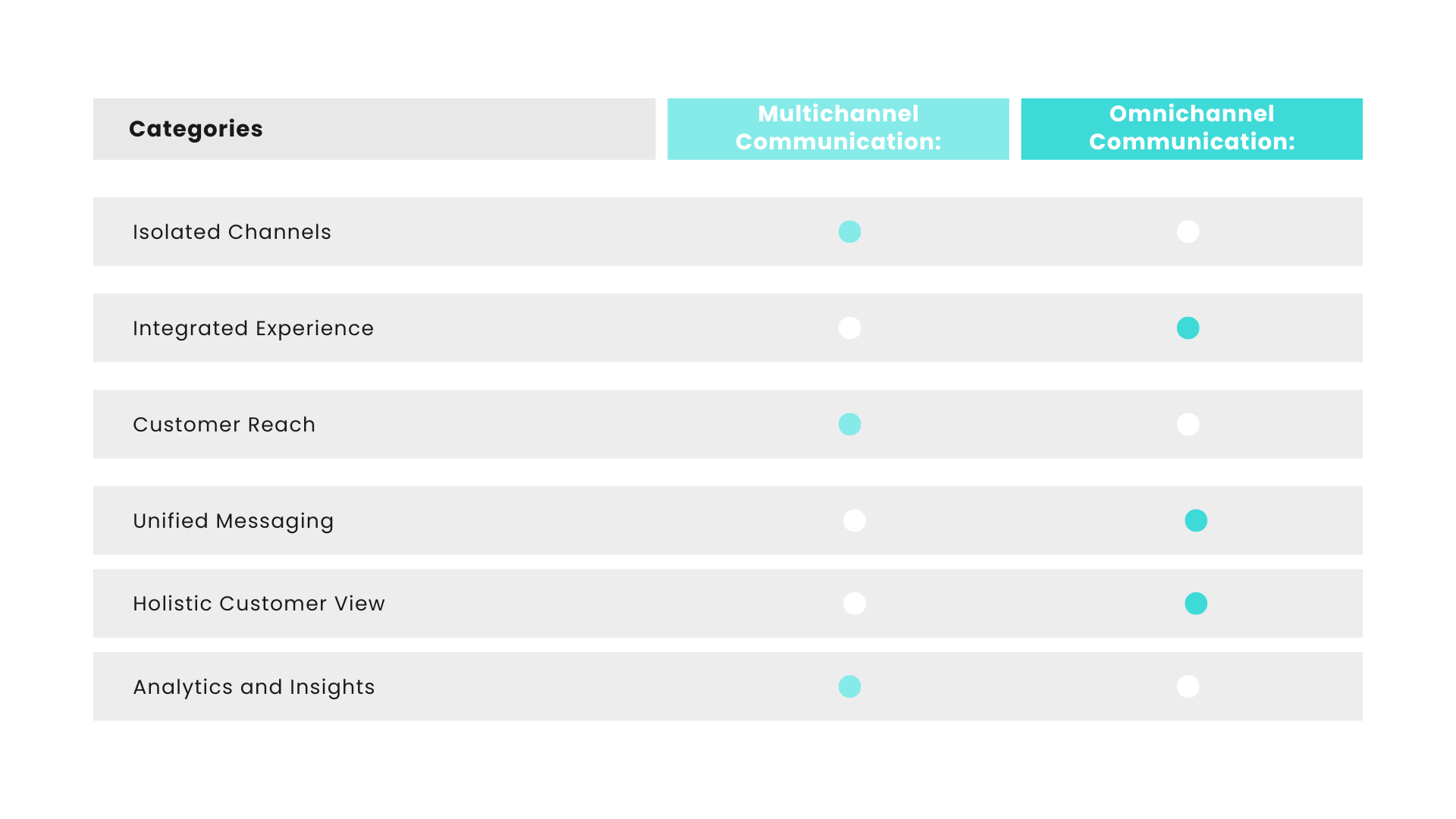
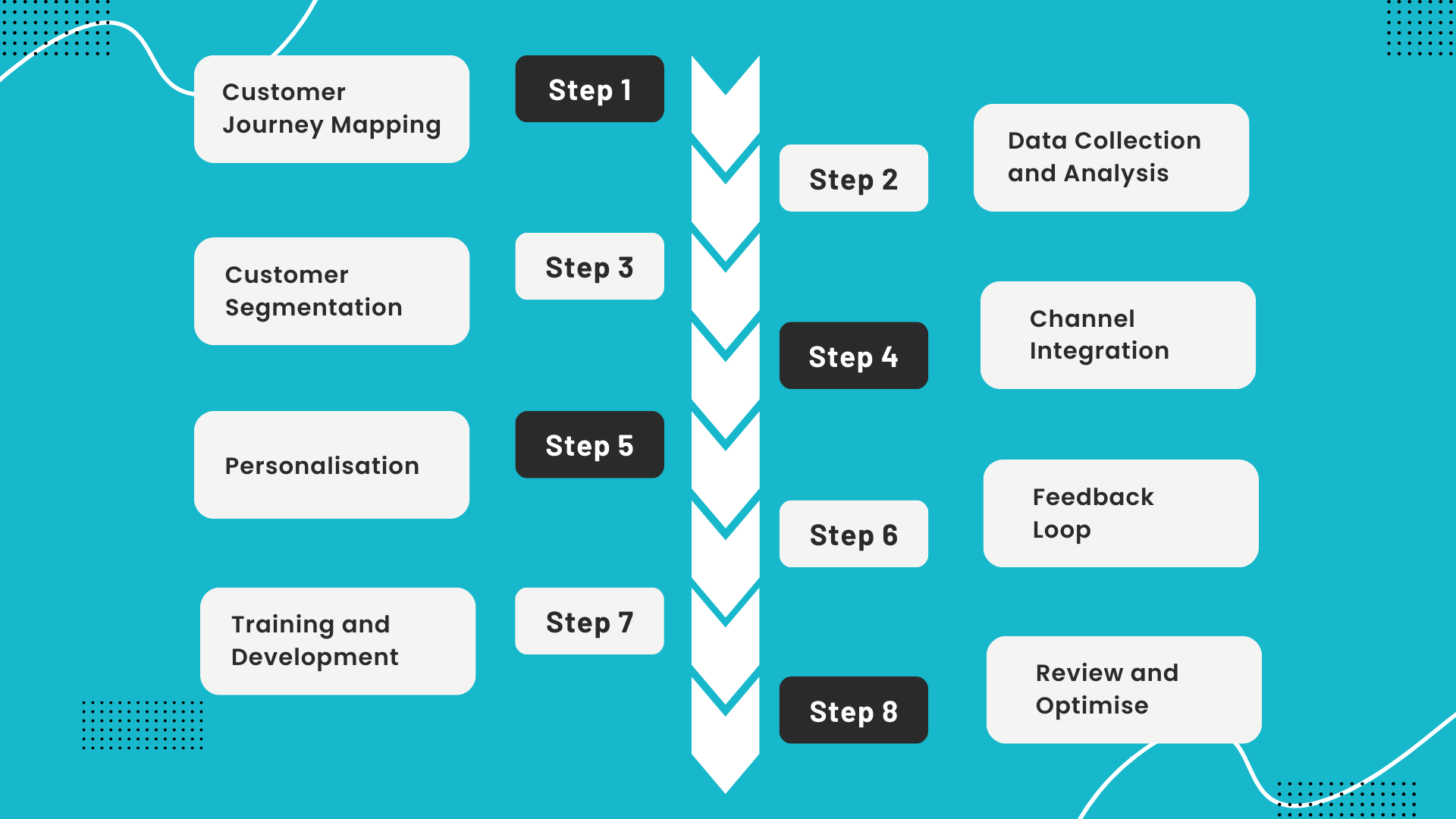
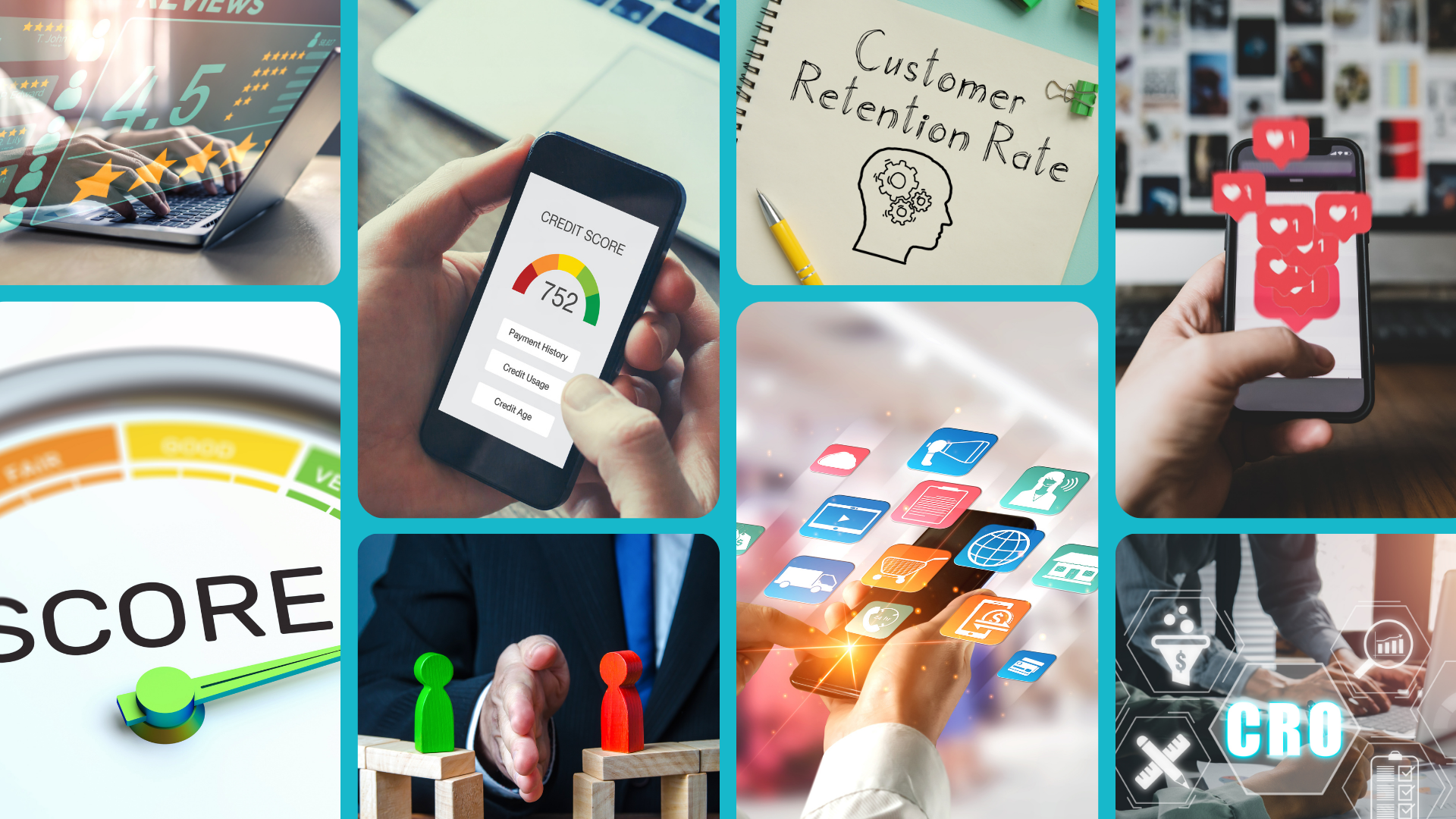
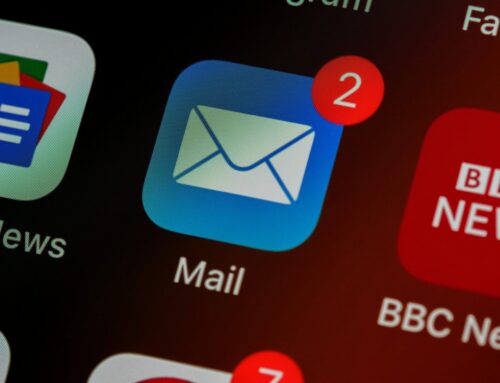



Leave A Comment
You must be logged in to post a comment.